Advertisement
Locked in power struggle, Congo army and militia massacred hundreds - report
JOHANNESBURG (Reuters) - Congolese army commanders orchestrated a wave of massacres that killed hundreds of people between 2014-2016 as they vied for influence with anti-government insurgents in northeastern Democratic Republic of Congo, a new report said on Monday.
The report by the Congo Research Group (CRG) at New York University is the most comprehensive to date on the killings of more than 800 people and the first to offer a definite theory of the perpetrators' motives.
It is based on 249 interviews with perpetrators, eyewitnesses and victims as well as internal U.N. reports and arrest records that document participation in the killings.
Millions died in eastern Congo between 1996-2003 in regional conflicts and dozens of militia groups continue to operate there. But the massacres around the town of Beni were the most macabre and mysterious in recent memory.
CRG cited multiple witnesses saying that army commanders, including the former top general in the zone, supported and in some cases organized the killings. During some massacres, sources told CRG, soldiers secured the perimeter so that victims could not escape.
Congo government spokesman Lambert Mende said a number of high-ranking officers had been convicted for their roles in the massacres but criticized CRG for "trying to revive an old affair". The general named in the report, Muhindo Akili Mundos, has repeatedly denied any personal responsibility.
The report recommends a parliamentary investigation and U.N Security Council sanctions against individuals involved in the violence around Beni.
Several senior Congolese militia leaders, including a former vice president in a power-sharing government, have been convicted by the International Criminal Court in The Hague for crimes committed during wars in Congo and in neighbouring Central African Republic.
According to the report, the first massacres were orchestrated in 2013 by former leaders of the Popular Congolese Army (APC), the armed wing of a rebellion from Congo's 1998-2003 war, who were trying to prepare a new insurrection and undermine confidence in the central government.
These rebels often worked in collaboration with militiamen from the Allied Democratic Forces, a Ugandan Islamist group active in the area. Congo's government and U.N. peacekeeping missions blamed almost all the killings on the ADF.
However, when the large-scale massacres began - one of which claimed as many as 200 lives - in October 2014, army commanders in the zone co-opted many of the networks of local militia in an effort to weaken their rivals, the report said.
"Government forces discovered pre-existing plans for killings and responded by co-opting these groups and continuing the massacres," it said.
"For these officers, controlling the armed groups in the region was more important - and perhaps more feasible - than bringing an end to the violence."
The new report did not take a position on whether local commanders received orders to conduct the massacres from Congo's central government but said "it would have been difficult for Kinshasa to be unaware of their undertakings".
Large-scale killings around Beni have mostly abated this year but militia violence has otherwise surged across Congo, fueled in part by President Joseph Kabila's refusal to step down when his mandate expired last December.
CRG is a non-profit body directed by Jason Stearns, a former U.N. investigator in Congo and author of a book about Congo's civil wars.
(Reporting By Aaron Ross; Editing by Matthew Mpoke Bigg)

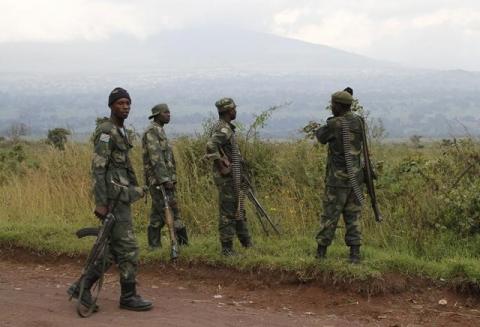
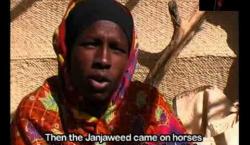
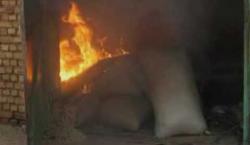
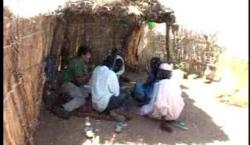

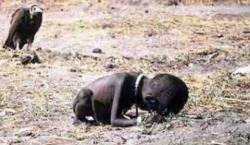
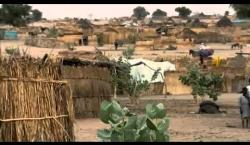
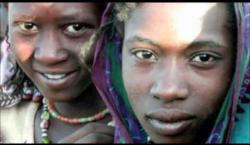


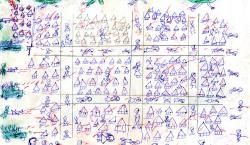




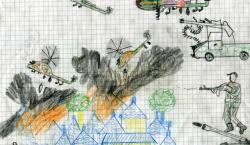
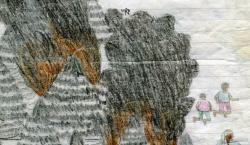
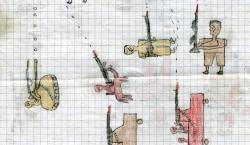
Add new comment